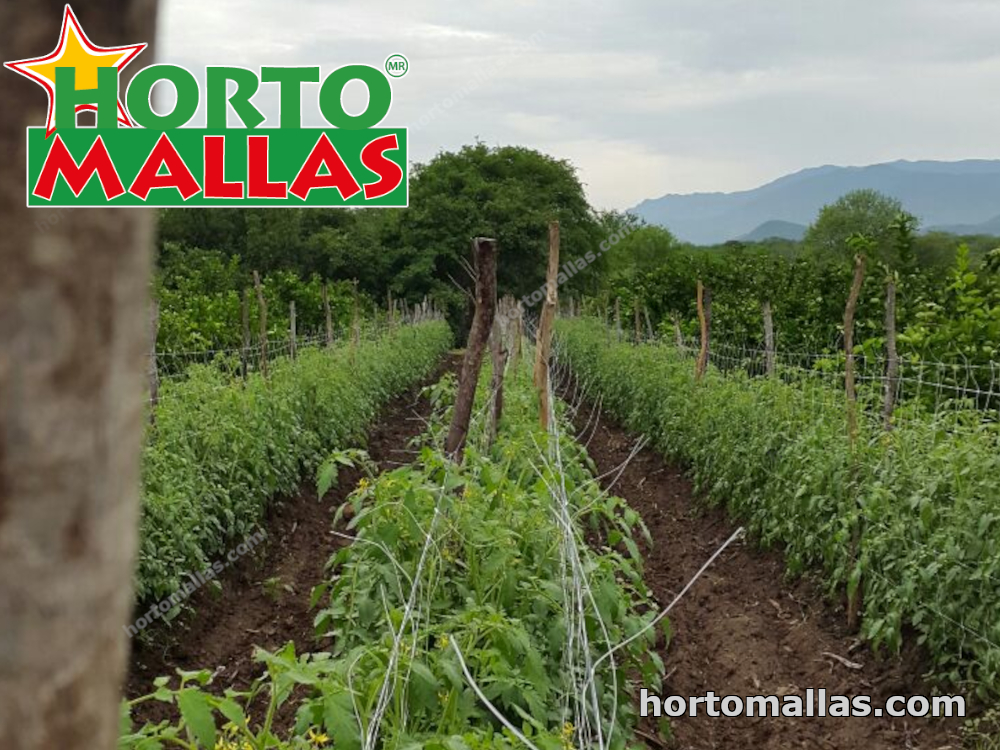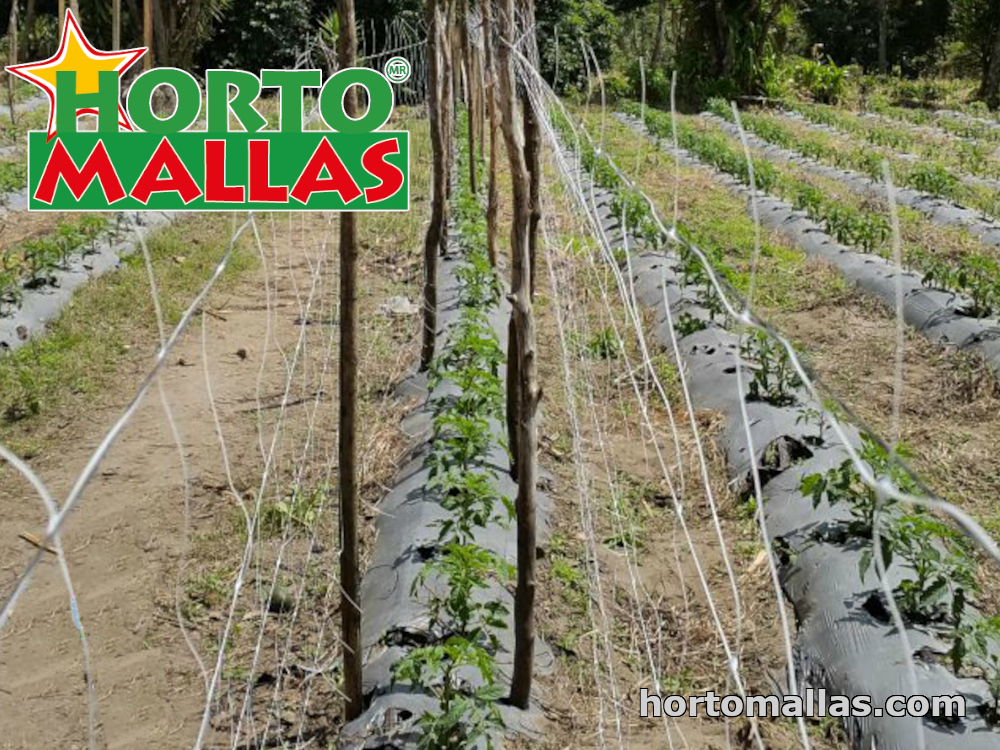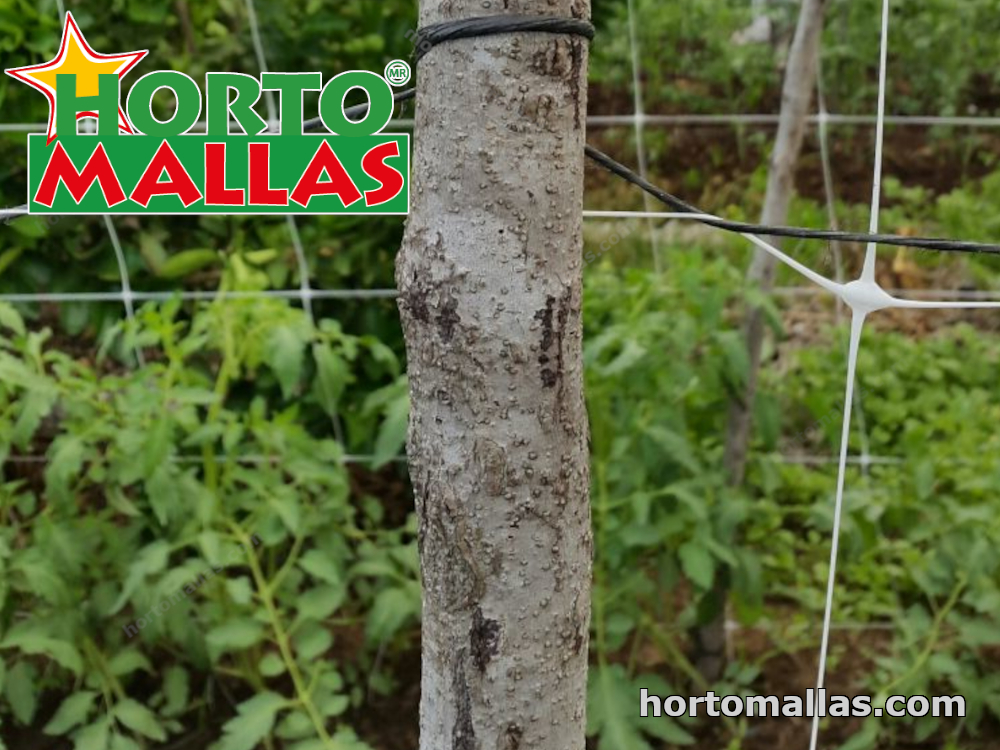Your Garden will be Presentable with Tomato Staking Methods
Tomato Growing Strategy
Before you decide to grow your own tomato you must choose which varieties of tomato are the best match for you and your garden. Most of the tomato plants need the support to grow healthier and in the same order, consequently, you must decide which tomato staking methods are the best for your plants. A month after transplanting a tomato into a tomato bed, you need to support the structure of the plant. The growing stems are soft and they can easily get damaged, means you must be very careful. “Bush” or determinate varieties of tomatoes grow to a compact height of 4 feet and need a limited amount of staking for support. “Vining” or indeterminate varieties of tomatoes can reach 6-10 feet height and need good staking for support. Choosing a proper tomato staking methods also depends on a size of the space where will you grow your plants: whether it is a small-space garden or a big piece of land intended for a harvesting throughout the season.
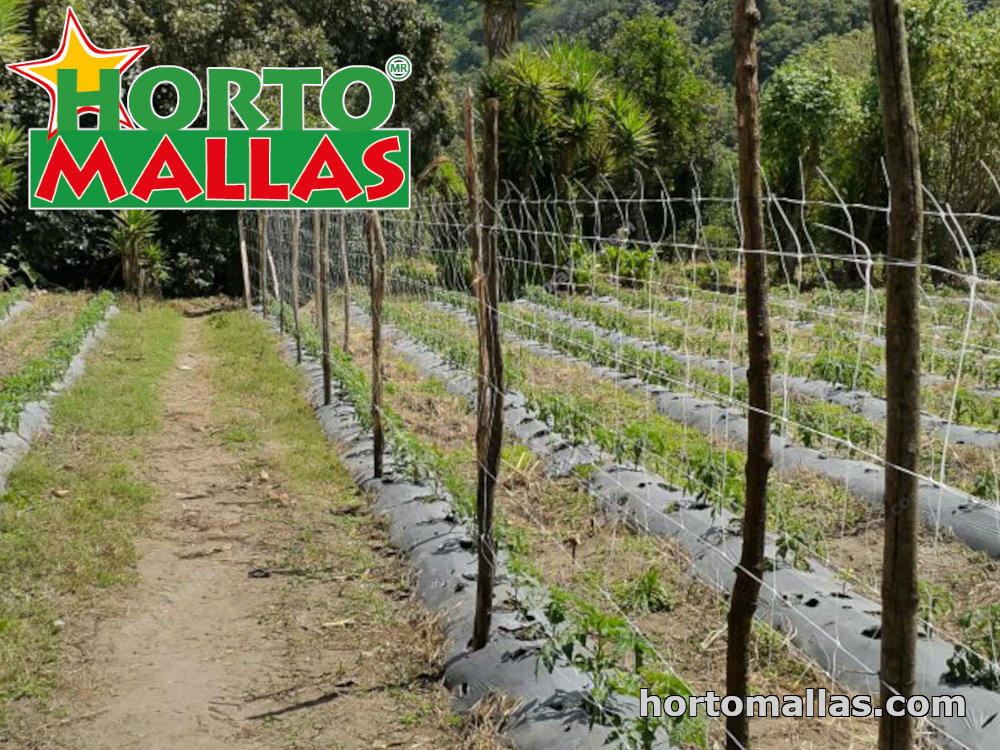
Choose Wisely how to Support Tomatoes
One of most common and simplest tomato staking methods is the traditional one-stake method intended for the small area with the minimum materials requirements. For a determinate tomato plant, a single wooden stake can be an effective support but for large and high tomato vines of indeterminate sorts that are growing until freezing temperature stops them, you need a stronger support – a combination of wood and metal stakes. Small vines need 4 feet stake (1×1 inch) which you shall pound into the ground near the base of the plant no more than 8 inches deep. Larger vines of indeterminate sorts can be supported only with 7 feet (2×2 inch) stake with a pointed tip on the bottom. That helps a lot in grounding it at least 14 to 16 inches deep. Tomato stakes Bunnings present you a different dimension of stakes made of timber, bamboo, plastic or metal. It is important to be very careful when you point the stake since you may hurt the roots. This method needs daily check during active growth to make sure that tomato is properly tied. The weight of the fruits can pull it down. You can use plastic or twist ties. However, be very careful with tying the veggies to ‘climb’ around the stake. The growing stems are soft and sensitive.
Varieties of Cages Offer Further Solutions
Tomato cages belong to tomato staking methods designed for medium or large size garden, and they are not good support for a full-grown tomato plant. You can buy tomato cages in hardware or garden center store or you can make it by yourself from chicken or reinforcement wire. Commercial cages are not big enough for indeterminate varieties. Homemade cages can last for years if you use 5 feet, 10 gauge reinforcement wires with 6-inch openings. Downward-tapering cylinder cage has been used for “bushy” varieties but quickly becomes buried by a large, every day growing plant. It is not easy to see and collect fruit from the inside. Much better is a circular cage about 18 inches in diameter. Every cage must be set over the top of a young tomato plant. Beware the roots. They can easily get hurt. Inside the cage, on an opposite side stick a couple of strong stakes to hold the tomato cage in place, mostly if it is in windy areas. Stems are supported with sides of the cage and don’t need extra tying. Sometimes, using a taller cage can be difficult because you will need a ladder to reach a top fruit.
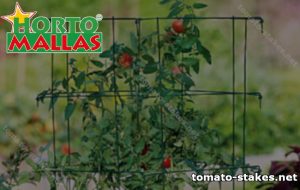
Trellis Method as One of the Most Popular
By choosing trellis method as one of the tomato staking techniques you will lift the plants off the ground and allow air to circulate. That will provide the better quality fruits. Start trellising your plant when is under 2 feet tall. Place the wooden posts into the ground at the beginning of the row and place the next 10 feet apart. Make sure to anchor it properly since it needs to support the weight of all tomatoes heavily loaded with fruits. Run the weatherproof garden twine at 8 to 10 inches of the ground between wooden posts, around them and back, so the twine will be on either side of each tomato plant. How the plants grow higher you must add more twine, approx every 6 to 8 inches. More twine holds the branches all in. This method is popular on small farms because it can last several years and in a small garden it looks like empty sculpture during the winter. There are a lot of varieties of trellising but you can be inventive and combine several of them to find the one that suits you the best.
Advantages and Disadvantages of Staking Tomato
Among tomato staking methods you can certainly find one that is the best for the size of your garden and tomato variety you intend to grow. Staking tomato above the soil keeps your plant away from the diseases, pests and saves fruit from rotting. Better air circulation around branches prevents the spread of disease. More sunlight will allow the plant to collect warmth and to promote maturation earlier. Growing upright saves garden space and it is pleasure for the eye. Harvesting becomes enjoyable as well for staked tomatoes are easier to pick. Every tomato staking methods have some disadvantages. For homemaking cages, stakes, and ties you need some materials, tools, and skills. On the other side, you can choose to buy it and it can be more expensive and inadequate. When tomato grows upright, exposed ground need more water and vertical veggies are vulnerable to wind and sun. However, using one of the appropriate tomato staking methods provides much more benefits than difficulties, and it will result in the great quality of the tomatoes.
